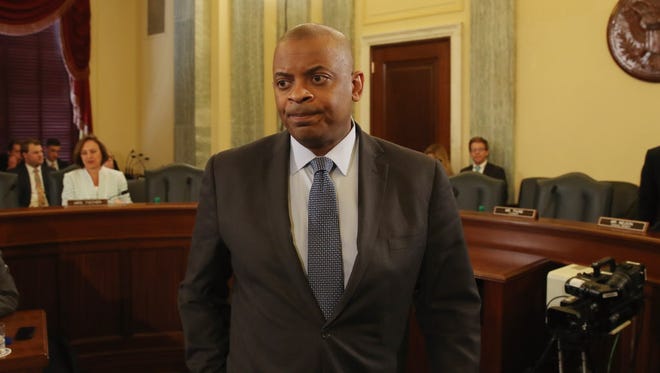NHTSA creates safety vacuum: Opposing view
Not issuing standards on driverless vehicles will inevitably lead to consumers dying.
Driverless vehicles are a marketing marvel. But it’s not a safety miracle as the auto industry and its captive regulator, the National Highway Traffic Safety Administration, claim. In its zeal to advance driverless vehicles, NHTSA has forgotten its mission is to ensure safety, not promote gee-whiz vehicle technology to increase sales. It is an inherent conflict of interest for any agency to both promote and regulate technology.

NHTSA’s deference to industry initiatives in lieu of safety standards represents an abdication of regulatory responsibilities that is unprecedented in the history of the agency. NHTSA was established by Congress in 1966, after lawmakers concluded that voluntary auto safety standards had largely failed and that mandatory ones were necessary.
Asked about this radical departure from the regulatory process enacted by Congress 50 years ago, Transportation Secretary Anthony Foxx gave the excuse that he wanted to ease regulations to make it easier for the technology to develop.
From three-point seat belts to air bags to stronger roofs, the auto industry fought safety standards that save lives. In 1983, a unanimous Supreme Court noted that “the automobile industry waged the regulatory equivalent of war against the air bag and lost.”
Once again, the industry is waging the regulatory equivalent of war, this time against regulation of driverless vehicles. NHTSA’s rulemaking process has withstood the test of time and been used in more than 4,000 proceedings, including many involving highly technical issues. Safety standards stimulate technology, which promotes sales and safety. Last year set a record for the most vehicles sales (17.5 million) and cumulative lives saved (3.5 million) since Ralph Nader wrote Unsafe at Any Speed in 1965.
On self-driving cars, proceed with caution: Our view
Congress intended that standards would regulate and stimulate new safety technologies. Today’s NHTSA has abandoned the regulatory side for the stimulation side, leaving safety by the wayside. By not issuing safety standards on driverless vehicles, NHTSA creates a safety vacuum that will inevitably lead to consumers dying as unwitting guinea pigs in crashes of unproven driverless vehicles.
Clarence Ditlow is executive director of the Center for Automotive Safety.